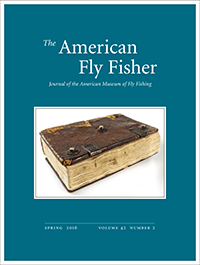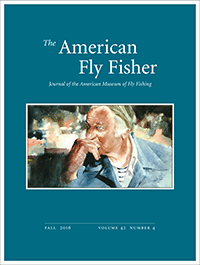The Haslinger Breviary Tract by Dr. Richard Hoffman and Peter Kidd
The historical record of fly fishing has just been further deepened. Manuscripts, printed books, and paintings brought to light over the most recent thirty years have exploded the myth of the technique’s peculiar English origins in the anonymous Treatyse of Fysshynge wyth an Angle printed by Wynkyn de Worde in the second Boke of Saint Albans of 1496, and established the practice of fishing with feathered imitations of insects in late medieval Germany, England, Italy, and Spain. To the dozen fly patterns of the Treatyse have been added the several score traditional ties of vederangln in the Tegernsee codex of circa 1500 and more from alpine lands in following generations; explicit doctrines of imitation were independently articulated in the mid-fifteenth-century English Medicina piscium of Oxford Bodleian Library by Ms. Rawl. C. 506, by Fernando Basurto in 1539 , and in Conrad Gessner’s 1558 Latin translation from an older vernacular text, which is lost. And now there is a newly surfaced tract on fishing written into an Austrian devotional book in about 1460. What we will here call the Haslinger Breviary fishing tract presents no less than twenty hitherto unknown instructions as to “how one should bind hooks” (fol. 212r). These combinations of specific feathers and silks predate the patterns of both Tegernsee and the Treatyse by at least thirty years. Creative twenty-first century tiers will likely soon construct soft-hackle flies after these models more than five centuries old. The tract and its association with identifiable individuals and north-flowing tributaries of the Danube in Upper and Lower Austria expand understanding of the place of fly fishing and its tactics in alpine regions.
Since this article was published, the Haslinger Breviary has been purchased by Yale University.



